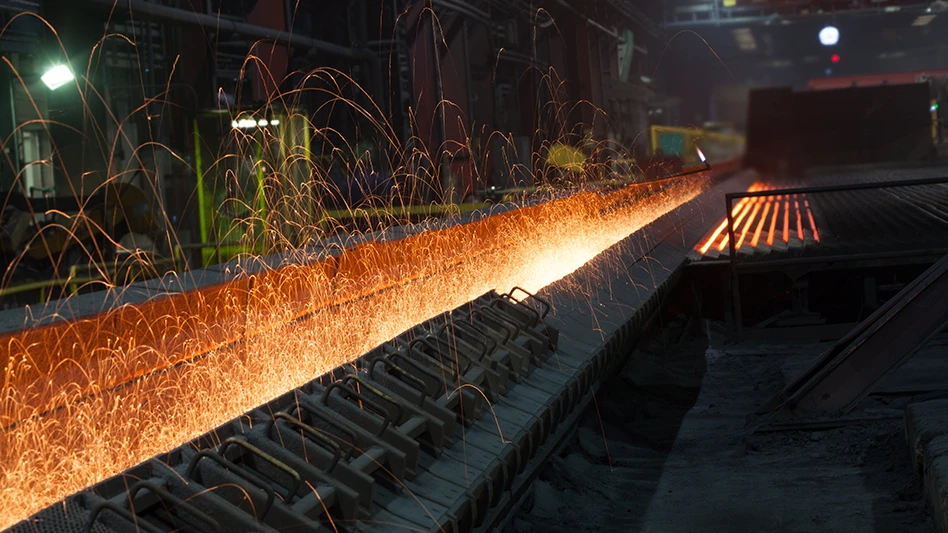
Photo courtesy of Nucor Corp.
Katherine Tai, head of the Office of the United States Trade Representative (USTR), has sent a letter to the United States International Trade Commission (USITC) requesting an investigation and public report to assess the greenhouse gas (GHG) emissions intensity of steel and aluminum produced in the U.S.
The data, the USTR says, “will help to inform discussions with the European Union (EU) regarding the Global Arrangement on Sustainable Steel and Aluminum (Global Arrangement).”
A USTR notice announcing the action states, “The U.S. and the EU have a shared commitment to joint action and deepened cooperation in the steel and aluminum sectors and are taking joint steps to defend workers, industries and communities from global excess capacity and climate change.”
A recent analysis by Netherlands-based bank ING of how such a system, sometimes called a carbon border tax, would play out indicates recycled-content steel and aluminum would be among the potential winners.
The London Metal Exchange (LME), a warehousing and pricing service, has been pursuing a sustainability transparency strategy that allows metals producers to report recycled content and emissions levels in anticipation of a premium being attached to such metals in the future.
Regarding what Tai and USTR hope to achieve, the press release continues, “These steps include a Global Arrangement to discourage trade in emissions-intensive steel and aluminum products that contribute to global non-market excess capacity from other countries and to ensure that domestic policies support lowering the GHG emissions intensity of these industries.”
While neither the announcement nor the letter to the USITC mention any countries by name, overcapacity issues often are associated with production in the People’s Republic of China. Metals producers in both that nation and India are believed to have GHG emissions levels above the U.S. and EU averages.
The USTR adds, “The U.S. and the EU will be the initial members of the Global Arrangement and will invite like-minded economies to participate in the Global Arrangement and contribute to achieving the goals of restoring market orientation and reducing trade in emissions-intensive steel and aluminum products. The U.S. and the EU will seek to conclude the negotiations on the Global Arrangement by October 2023.”
The letter from Tai to the U.S. International Trade Commission can be found on this web page.
Latest from Recycling Today
- BMW Group, Encory launch 'direct recycling’ of batteries
- Loom Carbon, RTI International partner to scale textile recycling technology
- Goodwill Industries of West Michigan, American Glass Mosaics partner to divert glass from landfill
- CARI forms federal advocacy partnership
- Monthly packaging papers shipments down in November
- STEEL Act aims to enhance trade enforcement to prevent dumping of steel in the US
- San Francisco schools introduce compostable lunch trays
- Aduro graduates from Shell GameChanger program





